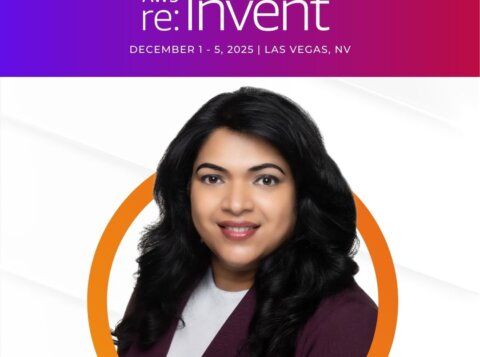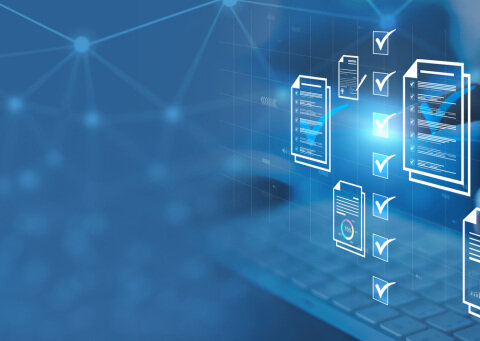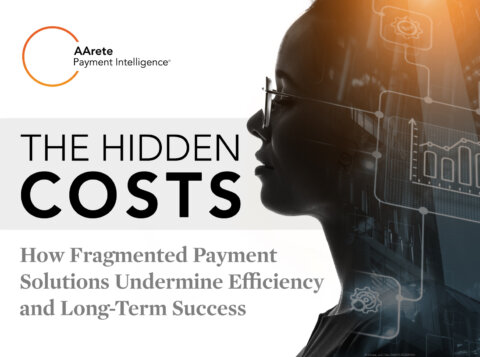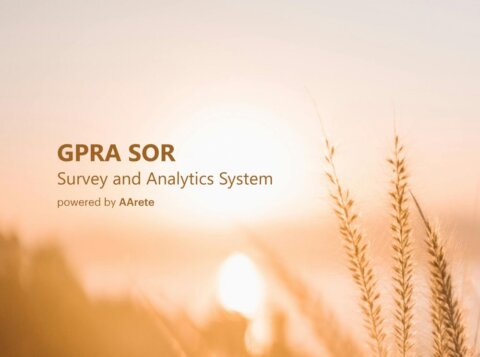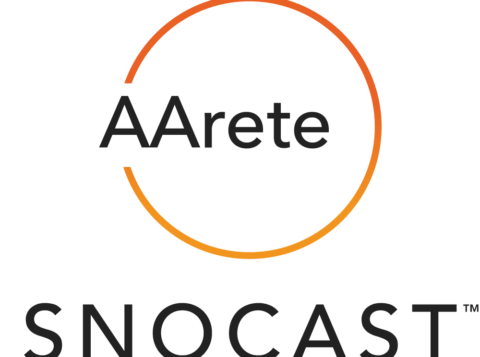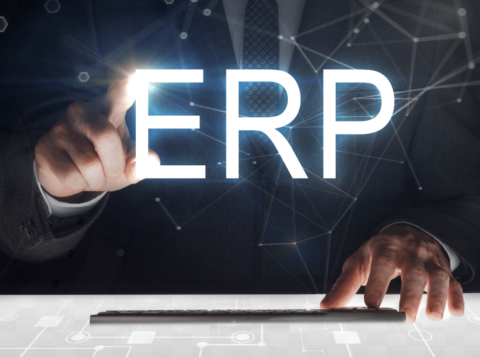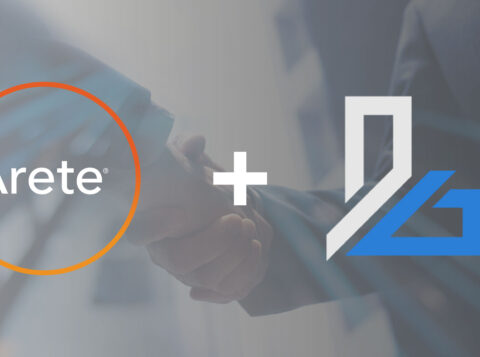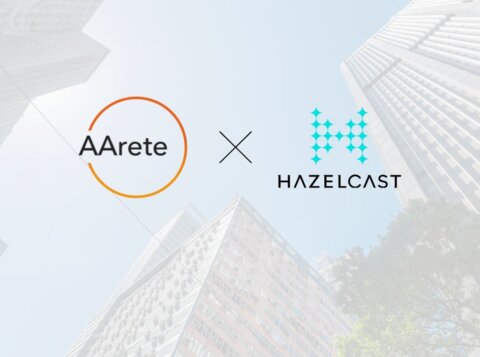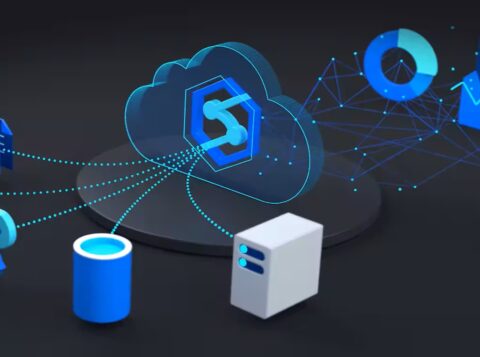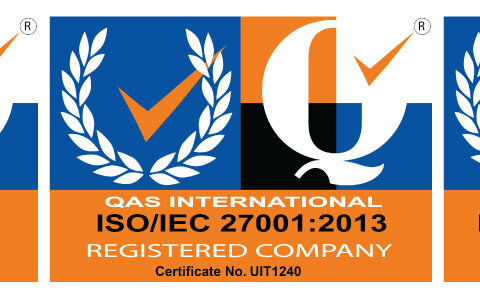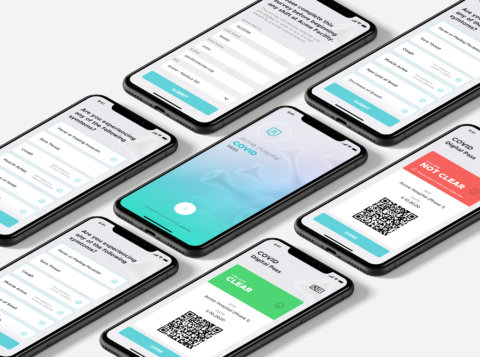6 LLM Best Practices to Consider When Planning
This is an AArete Digital & Technology insight
6 LLM Best Practices to Consider When Planning for Your Organization
Generative artificial intelligence (AI) and large language models (LLMs) are changing how work is performed, and forward-thinking leaders are accelerating efforts to leverage the technology to improve their organization’s competitive position and enhance productivity. One important piece of advice to every leader is to look before you leap to make the most of this transformative technology and develop your in-house LLM.
It is hard to miss all the news stories about the surging popularity of generative AI and LLM programs, such as OpenAI’s ChatGPT, Google’s Bard, Amazon’s Bedrock, Meta’s Llama, or Anthropic’s Claude. Those companies have invested billions of dollars to scale their AI infrastructure to meet growing demand.
The numbers are extraordinary. Bloomberg Intelligence estimates that total generative AI-related revenue will increase at a 42% compounded annual growth rate, skyrocketing to $1.3 trillion – yes, trillion – in 2032 compared to $40 billion last year. Bloomberg says the surging demand for generative AI products and services “could add about $280 billion of new software revenue, driven by specialized assistants, new infrastructure products, and copilots that accelerate coding.”
At AArete, we believe that LLMs will be a key determinant of success. Research has shown that integrating LLMs can enhance productivity and customer experience by a striking 40%. Many financial institutions, for example, are transforming the banking experience with LLMs. AArete is working with many banks to integrate LLMs to serve as sophisticated assistants to enable their credit departments to offer quicker, more reliable loan services while maintaining rigorous compliance with financial regulations. Health insurance companies are building internal knowledge banks to train customer support staff to improve service to their members.
Organizations, however, must take a strategic approach to harnessing the power of the technology to achieve operational resilience and scale. Whether your goals are modernizing (and automating) operations or enhancing customer service, LLMs can help you leapfrog the competition and position the organization for sustained excellence.
As with all powerful digital tools, the development and integration of an LLM come with unique challenges. Most organizations, for example, do not have the resources to build an LLM from scratch. Instead, they customize existing open-source or proprietary LLMs to fast-track development. Before your organization embarks on its LLM development and journey, here are six key considerations to maximize your return on investment:
6 LLM Best Practices for Your Organization
1. Take a holistic approach
With every major undertaking, we recommend incorporating the people, process, and technology (PPT) framework. PPT can help accelerate and enhance the launching of an LLM because it keeps everyone on the team focused on maximizing the interactions among all the people, processes, and technologies to create optimal business value.
2. Determine organizational use case
Will you use the technology for in-house training, data extraction, and analysis, pricing optimization, customer service, or content creation? Identifying the use case for your LLM will lay the foundation for successful development and implementation, and it will help ensure the technology and output align with your organization’s goals and requirements.
3. Choose the best LLM platform for your organization
Choosing the right LLM platform is a critical decision that can significantly impact the success of your project. Each model has unique characteristics. In addition to cost, it is essential to review each LLM for adaptability and customization, size and capabilities, speed, and especially given the concerns about copyright infringement- the data used to train the model.
4. Identify and organize data
To ensure your LLM performs as expected, you must identify the data sources and scrub the data to improve its quality. This process involves data preprocessing, cleaning, and annotation to help the model learn patterns and nuances in language to generate optimal results.
5. Develop an integration strategy
Seamlessly integrating an LLM into your organization’s existing enterprise system (customer relationship management program, enterprise resource planning platform, or content management system) is a complex endeavor. We advise most organizations to work with third-party experts, like AArete, who specialize in strategy, design, implementation, and ongoing support to ensure your organization reaps the full benefits of its investment in an LLM.
6. Test to assess performance before official launch
Before launch, it is essential to conduct a pre-release assessment to check for mission-critical issues such as accuracy, privacy, regulatory compliance, and security. Any misstep in one of those areas could cause your organization significant reputational and financial harm.
LLMs are here to stay. By following these tips, leaders can use technology to super-charge their organizations by driving innovation and providing superior service to their customers – and position their organizations for continued success.
If you are exploring how LLMs can enhance your organization, reach out to us today. We are ready to help.
Learn more about AArete’s Artificial Intelligence (AI) Solutions.



